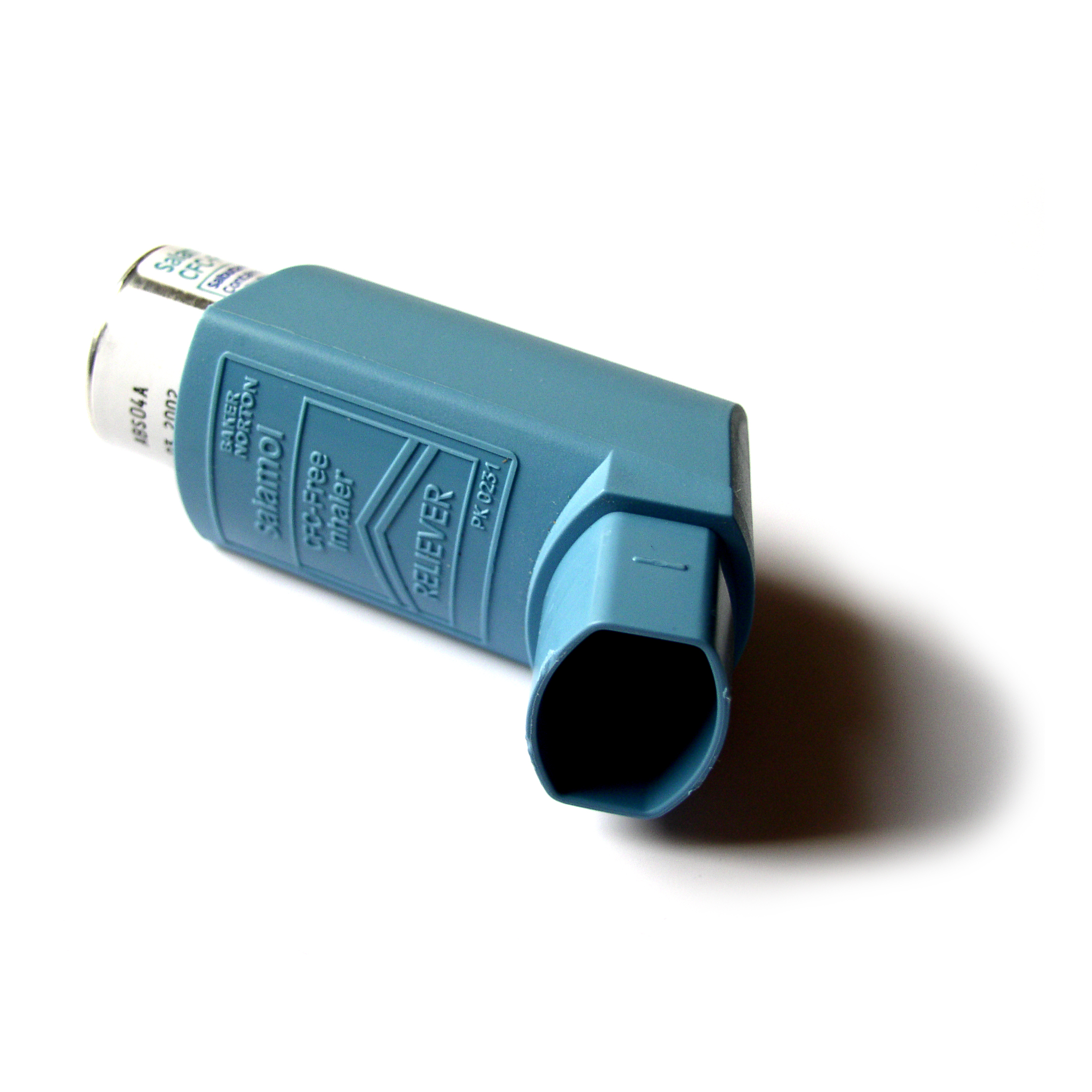
TUESDAY, Sept. 11 (HealthDay News) — Millions of people with mild to moderate asthma are routinely prescribed daily inhaled steroid medications to control the disease, but a new study suggests that may not be necessary.
The study, published Sept. 12 in the Journal of the American Medical Association, found no difference in patient outcomes whether patients took the powerful drugs each day or only when symptoms appeared.
“The discovery that these two courses of treatment do not differ significantly could eventually change the way doctors and patients manage asthma, providing an option that is easier to follow and possibly less expensive,” lead author Dr. William Calhoun, professor and vice chair for research in internal medicine at the University of Texas Medical Branch at Galveston, said in a university news release. “Our findings build on a considerable foundation of research in the field and come at a time when asthma cases are rising at an alarming rate, especially in lower-income communities.”
According to information in the news release, about 25 million Americans have asthma. Doctors typically assume that asthma is present even without symptoms, so it should be treated on an ongoing basis with anti-inflammatory drugs. The current accepted regimen is twice-daily use of an inhaled corticosteroid and then the use of a “rescue” medication, such as albuterol, should symptoms arise. This regimen is typically adjusted if needed every six weeks or so, according to standard treatment guidelines.
But is daily steroid use always warranted? In the new study, Calhoun’s team tracked outcomes for 340 adults with mild-to-moderate, persistent asthma. The participants were randomly sent to either ongoing, physician-monitored care; continuous care based on an periodic breath tests measuring levels of nitric oxide; or care based on symptoms alone, with steroids given only as flare-ups occurred.
Outcomes were measured over nine months and included bronchial (airway) reactivity, lung function, exacerbation of symptoms/attacks, and days missed from school or work.
The team found no measurable difference in any of the outcomes, regardless of treatment approach.
There was an overall “treatment failure” rate of 5 percent, the study found, with failure rising to 10 percent in the autumn and winter. This seasonal fluctuation was probably linked to factors such as changes in allergen levels or viral infections, the authors explained.
According to Calhoun, treating asthma only as symptoms arise “has the potential to allow us to personalize therapy in real time.”
“There are often several orders of asthma symptom progression before an asthma attack ultimately occurs, resulting in a treatment failure or hospitalization,” co-author Dr. Bill Ameredes added in the news release.
“Patients using the symptoms-based adjustment regimen can treat their symptoms on the spot, which may prevent conditions from escalating to a full-blown attack,” said Ameredes, an associate professor in the division of pulmonary and critical care medicine at UTMB. He noted that because inhaled corticosteroids have lingering effects, “patients will continue to reap the benefits from the initial … treatment days later, compared to using just a rescue inhaler.”
The study also found that asthma could be controlled using just half the dose of inhaled steroids when on a symptoms-only approach, potentially cutting costs for patients. And the Texas team notes that continuous use of steroids has its own side effects, including faster cataract development, potential hormonal effects, and side effects for the mouth, throat and vocal cords.
One expert said it may not yet be time to give up the continuous-medication model, however.
Dr. Len Horovitz, a pulmonary specialist at Lenox Hill Hospital, in New York City, said that “the standard practice of daily inhaled corticosteroid use for mild, persistent asthma in adults was challenged in this study.”
However, he noted that “there is already a struggle to ensure compliance in asthmatic patients,” so timing treatment to symptoms might be easier than putting people on a daily regimen.”
Therefore, “while a symptom-based strategy for asthma treatment worked for some patients, and is an attractive idea because it can work, it requires a close monitoring and collaboration between doctor and patient,” Horovitz stressed. “For this reason, on balance, the traditional approach of daily inhaled corticosteroids is the safest.”
For his part, Calhoun said that “the current protocol of daily inhaled corticosteroid use is effective, but the flexibility and immediate probable cost savings for asthma medicine that a symptom-based approach may offer will appeal to many patients. We hope our findings prompt patients to talk with their doctors and become more active participants in effectively managing their condition.”
More information
The U.S. National Heart, Lung, and Blood Institute has more about asthma.

